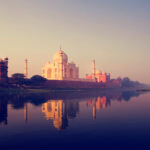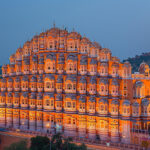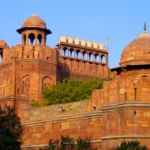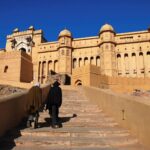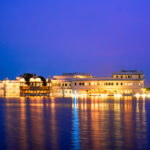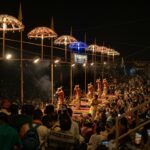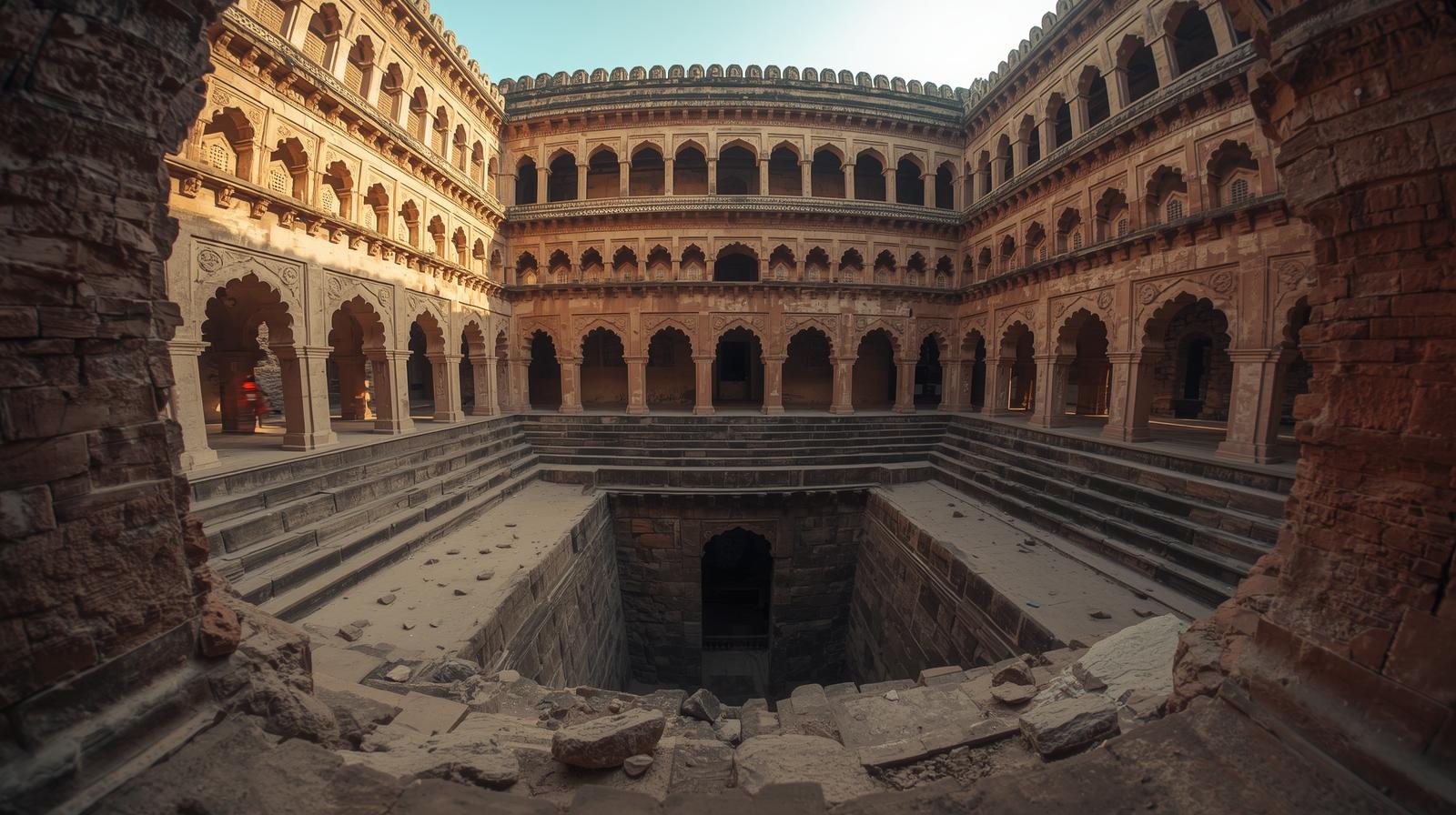Mehrauli heritage park walking tour.
- Home
- Package Details
- Duration not specified
- Max People:
- Delhi, (India)
Mehrauli heritage park walking tour
Near the Qutub Minar, in an area now designated as the Mehrauli Archaeological Park, are has various monuments—a legacy of centuries of architectural skill. The Mehrauli Archaeological Park covers 100 acres of green land abutting a World Heritage Site—the Qutb Minar. This area is dotted with remains from every era of Delhi’s history—from the pre-Islamic to the late Mughal and finally the British, every dynasty left its mark here. The Tomar Rajputs established Lal Kot in the 8th cencury, known as first Fort of Delhi. The succeeding Chauhan rulers extended Lal Kot to form Qila Rai Pithora. In the late twelfth century Qutbuddin Aibak, the founder of the Delhi Sultanate, made this area the seat of Sultanate power. During the early Sultanate period several structures like tombs and mosques were built here. Now we have in Mehrauli Park more 100 historical sites. Its itself a unique experience to have walk around the park.
Rajaon ki Baoli & Rajon ki Mosque
(Starting point: Archaeological Park entrance near Qutub Minar Metro side)
In earlier days, Indian maharaja’s often built stepwells and water reservoirs to save water, which was one of the best systems of water management in India. Rajaon ki Baoli, literally meaning “Stepwell of the Masons”, is one of the finest examples of this tradition.
Constructed in the 16th century during the Lodi period by Daulat Khan, a nobleman under Sultan Ibrahim Lodi, this grand stepwell features deep chambers and elegant arched corridors. The name “Rajaon” (masons) comes from the fact that the complex was once inhabited by masons, who used the Baoli as their water source and residential space.
Next to the rajaon ki Baoli there is small Rajao ki mosque. Its very small and charming structure. Both, the Baoli and Mosque shows the Islamic architectural style of the late Sultanate era.
Daulat Khan, who built the Baoli, has invited Babur from Central Asia to fight against the Lodi dynasty—an event that eventually changed the course of Indian history in the 16th century.
Metcalfe’s Folly / Dilkhusha (Metcalfe’s Retreat)
The site was initially the tomb of Muhammad Quli Khan, a 17th-century Mughal tomb. Metcalfe converted the site into a country house or pleasure resort, a popular practice for European officials in India during that era. It has extensive gardens, watercourses, a boating lake, a plunge pool, and other structures designed in a European style.
Metcalfe has restored a Lodi-era tank and incorporated into the complex, serving for swimming and boating, and is now known as the Metcalfe’s Boathouse and Dovecote.
Jamali Kamali Mosque & Tomb
The mosque and tomb were during the early Mughals in 1528-1529, it comprises a medium-sized five-bay mosque and an adjacent flat-roofed tomb in a separate enclosure.
Jamali was the alias of Shaikh Jamali Kamboh, a renowned Sufi saint who held a high position in the courts of Sikandar Lodi as well as the Mughal Emperors Humayun and Babur. Described by different historians as his follower, lover, wife or brother, the real identity of Kamali has been lost in the pages of history.
The Jamali Kamali Mosque and Tomb are some of the finest examples of early Mughal architecture; they have an artful integration between the robust design of the period and delicate decorative elements. The mosque, built with red sandstone and white marble, had a broad courtyard with an elegant prayer hall to the extreme.
Balban Tomb
Ghiyas-ud-din Balban was a last emperor of the Slave Dynasty. His tomb was built in 13th century. This tomb was built by emperor himself. This was a first structure of Islamic architecture in India. Though ruins and devoid decoration, the tomb is unique for its architecture as it was first building to be constructed using true arch. From here true arches become a common feature of Indo Islamic architecture. Most part of tomb complex ruins, but still historically make worth visiting this place.
Adham Khan’s Tomb (Bhool Bhulaiya)
Adham Khan was the foster brother of, the Mughal emperor Akbar and became infamous for killing Shamsuddin Atgah Khan, a close relation to the emperor. For his wrongdoings, Adham Khan was executed by being hurled twice from the wall of Agra Fort. Despite the betrayal Akbar still deeply cared for his foster brother, so he constructed this tomb in his memory. But rather than building a typical square tomb, as typical for the Mughals, Adham Khan’s tomb is a distinct octagonal shape, typical of Lodhi architecture. So with this tomb Akbar simultaneously honored his foster brother and reminded his subjects of the great betrayal perpetrated by Adham Khan. Many locals today may not know the history of Adham Khan or even call the structure by this name. Instead they know it as Bhool Bhulaiya, which roughly translates to “maze.” In the walls of the tomb are narrow stairs and pathways. They cut through the interior of the structure creating a networked web of pathways.
Tomb of Qutubuddin Bakhtiyar Kaki (Dargah)
Today, the dargah is located deep inside the labyrinth of the Mehrauli. A complex maze of lanes and bylanes leads to the shrine.
The complex is centred around the grave of Bakhtiyar Kaki and the complex houses several graves as it is believed that a burial in the vicinity can provide a shortcut to heaven. Over the years, the simple shrine of the mystic Sufi saint has been modified to a brightly coloured ornate pavilion crowned with a dome. Today, the grave attracts a lot of believers who pay their respect by spreading the sacred cloth above the grave. Shops at the entrance of the dargah sell these colorful pieces of cloth along with other objects of ritual.
The dargah covers a huge area consisting of graves, mosques, minars and several other structures scattered in the most unusual and unexpected manner. There are also several halls, which include Naubat Khana (Drum House), Majlis Khana (Assembly hall) and Tosh Khana (Robe Chamber). Next to the dargah complex is the Moti Masjid, housed inside the complex of Zafar Mahal. It is named after the last Mughal ruler Bahadur Shah Zafar and happens to be the last major Mughal-built structure of the sub-continent.
Mehrauli Archaeological Park Heritage Walk
The Mehrauli Archaeological Park Heritage Walk offers a unique glimpse into Delhi’s rich history and architecture, making it a must-visit for enthusiasts of cultural heritage. Here’s a detailed overview:
Duration:
Approximately 3 hours
Ideal times: Early morning (8:00 AM – 11:00 AM) or afternoon (from 4:00 PM onward)
Destination:
Location: Mehrauli Archaeological Park, adjacent to Qutub Minar, Delhi.
Key Attractions of the Walk:
Qutbuddin Bakhtiar Kaki Mazar: A revered Sufi saint’s tomb.
Bahadur Shah Zafar Fort: A significant site connected to the last Mughal emperor.
Rajon Ki Baoli: A beautifully designed stepwell.
Balban’s Tomb: The resting place of one of the early Delhi Sultans.
Jamali Kamali Mosque and Tomb: An exquisite example of Indo-Islamic architecture.
Metcalfe House: A structure once used as a honeymoon palace during the British period.
Other Monuments: The park houses several lesser-known but equally significant structures.
Distance:
The walk covers approximately 3 km.
What to Wear and Carry:
Walking shoes: Essential for comfort, as the walk involves some uneven terrain.
Head covering: Required when visiting religious sites.
Appropriate attire: Avoid shorts; dress modestly.
Drinking water: Stay hydrated during the walk.
End of Services:

